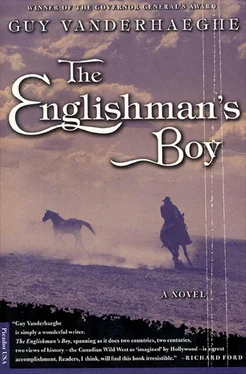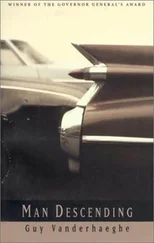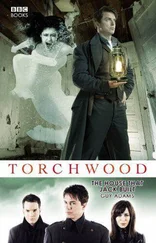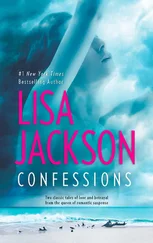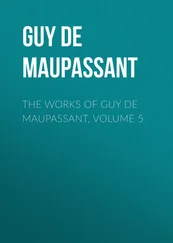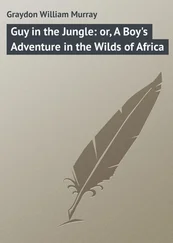Every day he thinks of something new; pelts will be required, lots of them, and somebody must be immediately sent to fur auctions in Canada. Location scouts accompanied by still- and motion-picture cameramen are sent north to survey prospective sites and report back on possibilities. Even before locations are settled on, he insists Fitz hire Mexican workmen to build an authentic adobe fort. He also reminds Fitzsimmons if clay isn’t available on site it will have to be shipped in by train, by the boxcar-load. A working riverboat, a stern-wheeler is needed. And don’t forget to clear landing strips at each location so he can fly in on a regular basis to supervise production.
Fitz comes and goes, relaying orders and seeing the work gets done, while I keep Chance company beside the pool, or in the study, or eat lunch with him in the long dining room hung with Flemish tapestries, a convenient ear into which he can pour his thoughts about the picture.
Soon wooden crates begin to arrive packed with wampum belts, beaded rifle-scabbards, leggings, scalp shirts, buffalo-bull-hide shields. Delivery is not to the studio wardrobe department but directly to Chance’s house, where I crowbar off the lids and he fingers the booty, nods bemused, then leaves the room, never to give them another glance.
Has Fitz heard from Washington about getting Indians from the Bureau? Call again and keep calling until there is an answer. The right answer. Any likely candidates to play the girl? Why not? The chief? Why not? As soon as they arrive bring me the drawings from the Smithsonian. I’ll choose the ones I want and then you put the order in to wardrobe to run up costumes. Immediately. Even if it means putting production of another picture on hold. I want to see costumes here, in the house, on models, not mannequins. I want to be satisfied as to how they hang, how they move on a body.
It is four weeks before he even raises the obvious question of who will play Shorty McAdoo. Fitz, predictably, lists the names of the most popular cowboy stars.
“No,” says Chance, indignantly shaking his head. “To the public Tom Mix will always be Tom Mix and nobody else. Just as Hoot Gibson is Hoot Gibson and William S. Hart, William S. Hart. These gentlemen are personalities, not actors. The personality of a Tom Mix is like a force of nature, it simply is. When the movie-goer looks up at the screen and sees Tom Mix he cannot also believe he is seeing somebody called Shorty McAdoo. An elementary law of physics states that two objects cannot occupy the same space at the same time. This is a psychological truth also.”
“You don’t want personality,” says Fitz, “how about Richard Barthelmess? I didn’t recognize him when he played the Chink in Broken Blossoms.”
“Not right. Dickie is too effeminate.”
“Okay, you want to put a big set of balls on McAdoo – Donald Crisp.”
“Too old.”
“Richard Dix?”
Chance hesitates before making a note. “How many movies has he made?”
“Three, four.”
“Perhaps DeMille hasn’t done him irreparable damage yet. Cecil has such a pronounced taste for ham. Get Dix in for a test.”
“Monte Blue.”
“No. He can’t act.”
“You want acting, what about that guy you went so nuts about when we were in New York, the one in Hamlet - John Barrymore. He’s a new face. Break him into pictures in a big way. All he’s done so far is that Dr. Jekyll and Mr. Hyde.”
“You must have lost your mind, Fitz. Apollo in chaps? The famous Barrymore profile against the background of an elegant drawing room may resemble a chiselled cameo, but on film, in a Western, it would caricature the scenery – hoodoos, mesas, chimney rocks. No, not John Barrymore.”
“Raoul Walsh then.”
“I thought he was directing now.”
“For the right kind of money he could learn to be an actor again.”
And so the names roll by, Roy D’Arcy, Jack Holt, Bull Montana, Henry B. Walthall, Rockcliffe Fellowes, Neil Hamilton, Arthur Dewey, none of them satisfactory.
Then I say, “Noah Beery.” It is the first time I have dared to speak. Both of them look up at me.
“Fuck, he must be forty. I thought McAdoo’s supposed to be a kid,” says Fitz.
“You’re right. Bad idea.” I shrug. “But Noah Beery feels right. He reminds me of McAdoo, that’s all. A fighting cock.”
Chance leans back in his deck chair under the umbrella and sips his tomato juice. “Let me think about it,” he says. “After all, art is elastic not rigid. The spirit of Shorty McAdoo is what we must capture. If Harry says Beery, then perhaps Beery it must be.” He toasts me with his tomato juice. “Intuition, Harry. I’m inclined to trust it. For the moment,” he qualifies.
Chance requests I accompany him to a showing of The Covered Wagon at Grauman’s Egyptian Theater. It surprises me he hasn’t seen the movie yet. Is he afraid it is as good as everybody says it is?
We take a cab, not the Hispano-Suiza. He doesn’t want to be recognized. He orders the hack to stop a few blocks from the theatre and we walk the rest of the way. Chance is in disguise, muffled up in a dark overcoat with a flat cap balanced on his head like a stove lid, the spitting image of a hardware-store owner out for an evening of wholesome fun.
Grauman’s Egyptian Theater was the precursor of the more famous Grauman’s Chinese Theater, where stars have been plunking down their hands in wet cement for the past thirty years. But the Egyptian came first, influenced by the craze for things Egyptian set off by the discovery of King Tut’s tomb. Grauman certainly pulled out all stops building a sideshow. Before the entrance there is a spacious forecourt, lined on the right with massive columns supporting a tile roof. The doors to the cinema are modelled on the massive gates of a city of antiquity, flanked by gigantic plinths crowned with the busts of pharaohs. To the left of the entrance an impressive stairway rises to the roof where potted palms stand in relief against the evening sky. The front of the building is covered with green, red, blue, rust, and purple hieroglyphics, golden scarabs, paintings of hawk- and jackal-headed Egyptian divinities. Over the entrance, stylized wings of green and red and blue bear a yellow-horned scarlet moon with vipers curled like apostrophes on either side of it. The lobby of the theatre is more of the same, more painted pillars, more hieroglyphics, more Isis, Osiris, Anubis, and Ra, more decorative hyperbole.
The program is well advanced when our usher directs us to our seats. The twenty-piece orchestra has played the overture, selections from Faust; “News of the Week” and a short Chaplin comedy have been shown; Colonel Tim McCoy has put his live Arapahos through a war dance on stage as a warm-up to the main event. Now the feature presentation is ready to begin and twenty-five hundred men, women, and children sit, a respectfully quiet congregation.
Thirty years later it is difficult to remember how pictures used to speak to us then, in a more primitive, uncomplicated language of image and music. But I recall the opening of The Covered Wagon like it was yesterday, the close-up shot of a young boy picking the strings of a banjo, and from the orchestra pit the ghostly twang of that simple instrument, sounding lonely and tentative in the vastness of the auditorium, sounding as it might have in the emptiness of the echoing wilderness. Then, on the boy’s face, a shot of sheet music is slowly superimposed and, as the notes and words to “Oh, Susannah” become clear, on cue the whole orchestra springs into action, twenty instruments like a burst of hope in the heart, and beneath the surge of music an insect hum is heard, the audience murmuring the familiar song. Next, a shot of Lois Wilson framed by the canopy of a wagon, a portrait of American womanhood, sweet, chaste, shyly smiling to you and you alone as “Oh, Susannah!” dies to a faint whisper, a sad, tender signature tune for the girl lovely under the arch of canvas.
Читать дальше
